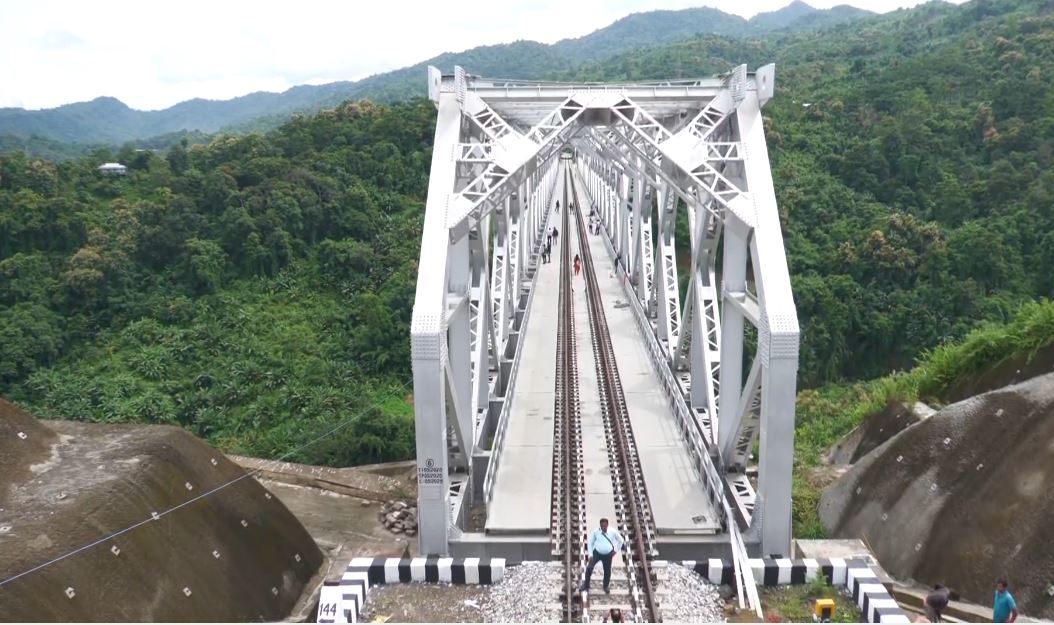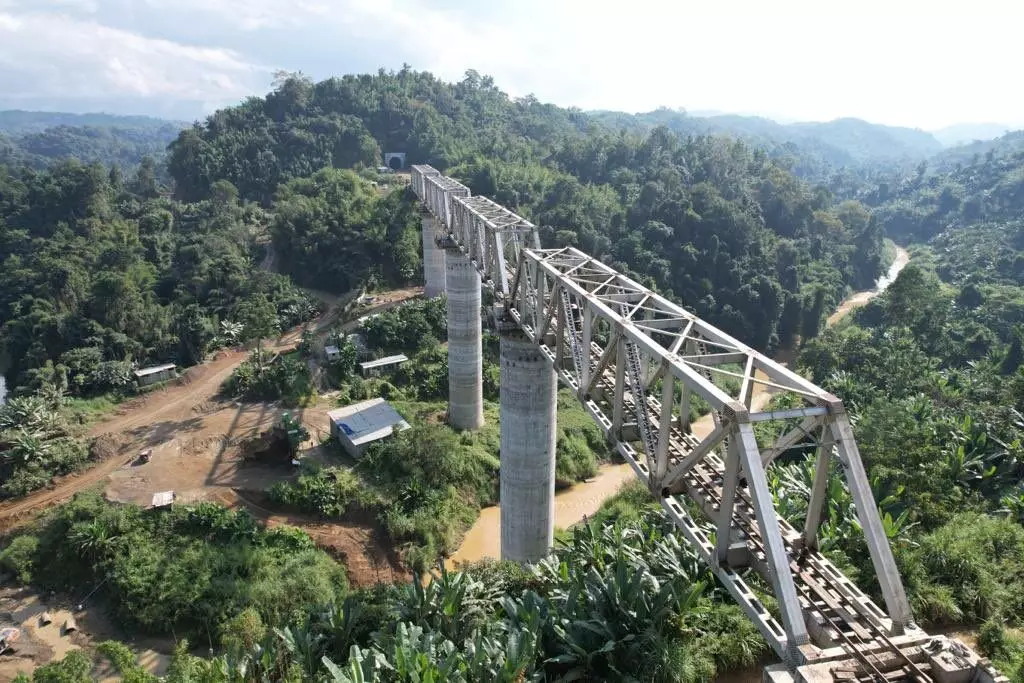Mizoram, one of India’s remote seven-sister States, is on the cusp of a connectivity revolution. Prime Minister Narendra Modi is set to inaugurate the 51.38-km Bairabi–Sairang broad gauge railway line, a landmark project built at a cost of Rs 5,021 crore, in the second week of September.
The ambitious line, part of the Northeast Frontier Railway’s mission to connect all northeastern States with the national railway grid, is expected to drastically cut travel time and fuel economic growth in the region.
Engineering Marvel of the Northeast
The new railway line is no ordinary stretch of track. It comprises:
●48 tunnels piercing through tough hill terrain,
●55 major bridges and 87 minor bridges,
●Five Road-over-Bridges (RoBs) and six Road-under-Bridges (RuBs).
●Among its standout features is the Krung Bridge near Sairang, soaring 114 metres above the Krung Valley, making it one of the tallest railway bridges in India.

From 10 Hours to 3 Hours: Travel Gamechanger
Currently, essentials for Mizoram are brought by road from Silchar in Assam, a journey that takes nearly 10 hours. With the completion of this line, officials say the travel time will be reduced to about three hours, revolutionising logistics and passenger travel alike.
The line links Sairang (20 km from Aizawl) to Bairabi on the Assam border, and further to Silchar via Bhodahpur Junction, effectively connecting Mizoram with Assam, Tripura, and Arunachal Pradesh—and through them, to the rest of India.
Boost to Economy and Integration
The project is more than just steel and tracks—it represents a strategic push to integrate Mizoram with the broader national economy. Improved movement of goods and people is expected to boost trade, tourism, and investment in the State, while also offering locals better access to healthcare, education, and markets.
Once operational, the Bairabi–Sairang line will stand as a symbol of both engineering prowess and the government’s commitment to transforming connectivity in the Northeast.


